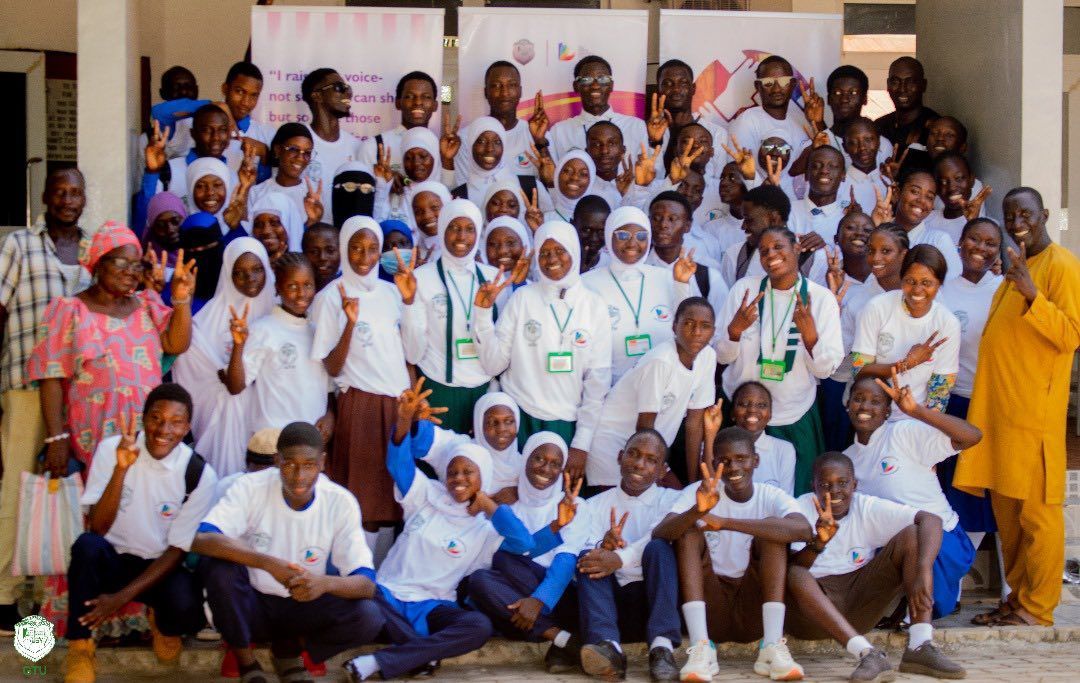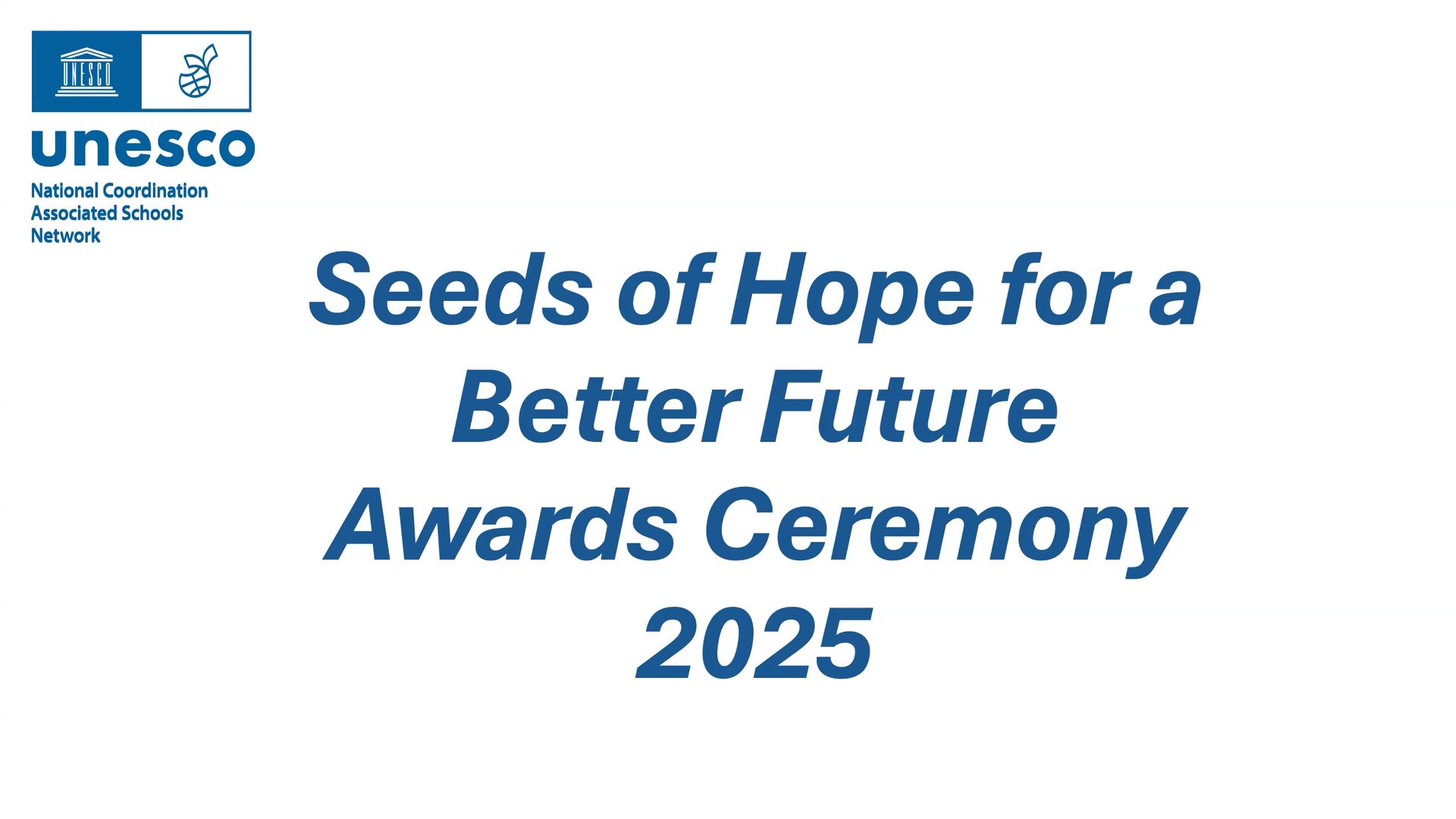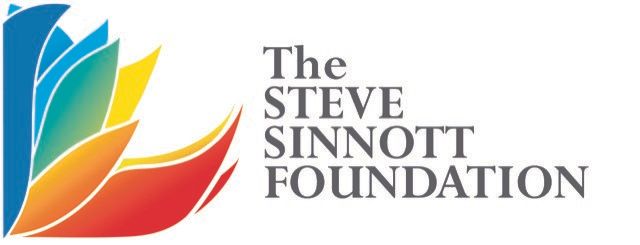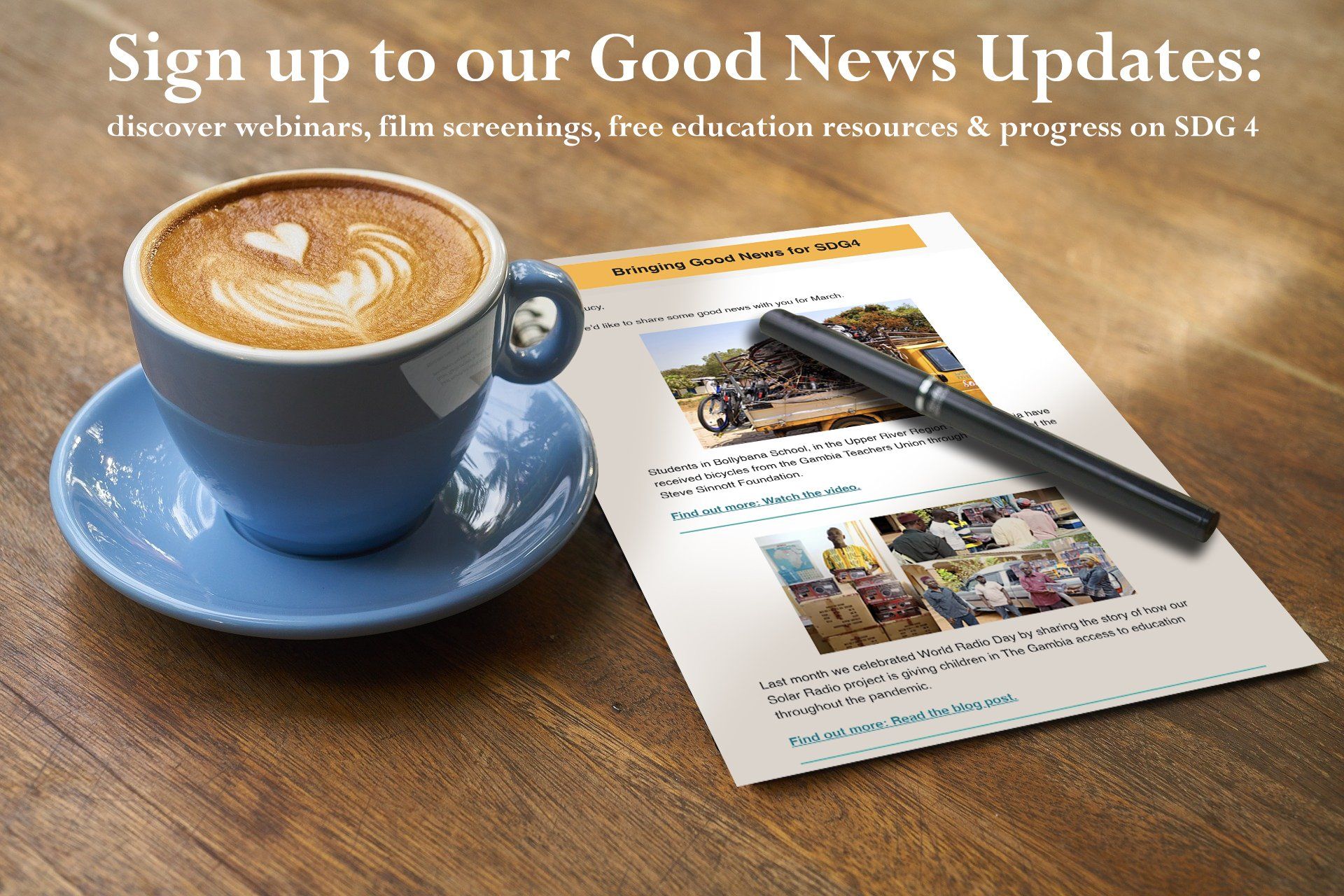Mary Bousted: The Benefits of Art and Creativity for Educators Wellbeing, and Students Development
Mary Bousted, the joint general secretary of the National Education Union, talked to us about the benefits of art and creativity for the wellbeing of teachers as well as the development of young people.
SSF: Why is arts and creativity important in education?
Mary: I think that the arts are a primary act of mind. We know that there are ancient rock paintings being discovered which are much older than previously thought. Storytelling is a primary act of mind. We tell our life in stories. When we talk about our day, we tell a story. When we're remembering things, we tell a story. Stories are a way of making sense of the world. The arts are a way of making sense of the world. It's about expressing feelings and emotions and also reacting to the world.
As such it’s what defines our humanity our creativity defines us as human. We are the only animals which are creative in this way. That's why if education is to engage and develop the potential of the human being, it has to engage fundamentally and centrally with creativity and with the arts, in all their forms. If we don't do that, then we're not focusing on what is educating children and young people in the essence of what is human.
SSF: What do young people miss out on if they don’t have the opportunity to engage with arts and creativity in education.
Mary: If there wasn't an arts education in school and a creative education, then they miss out on the ability to develop all sorts of skills. Developing their imagination, developing ways to express how they’re feeling, the ability to move well, and speak well, translate what they are feeling or what they are experiencing into something really creative. Whether through art or through music or through drama.
If we want a broad and balanced curriculum something which will inspire and engage children and young people then absolutely the arts and creativity needs to be at the centre of that.
For myself when I was at school, I actually didn't enjoy school much. I always find people who enjoyed school to be rather odd, and I didn't enjoy school like a lot of people who then became teachers. One of my motivations for becoming a teacher was not to do to my pupils what was done to me. For me drama and music were the things which kept me at school. I was in the choir, that was hugely important, and I was in every play. My triumph was playing Oberon in ‘A Midsummer Night's Dream’ at a girls school. I loved everything about the plays. I love the rehearsals, I love the friendships you made when you were rehearsing, I love the thrill of the performance. For me that was another world. The magic of that other world was so important, and I know that gave me more confidence, it gave me the confidence to speak in public, it was such an important part of my school life. It was the only bit of my school life that I really enjoyed, apart from the English lessons.
SSF: Can art and creativity be brought into all areas of the curriculum?
Mary: I think bringing art and creativity into every topic is really important, but unfortunately, I don't think it happens too much now. I think the pressure of the accountability framework means that children spend a lot of their time in school sitting down listening, and then writing. I think that things are really being missed, particularly oracy and the use of talk to learn, and also creativity. It’s becoming more and more difficult to make those cross curricular links to insert creativity into other subjects. I think that's becoming really hard.
I think that's also part to do with the separation of subjects in a very rigid way. Lots of schools are now looking at the curriculum and the arts and creativity are really in danger. Because in the EBacc1 you just have one creative subject. We've seen already a decline in the number of children taking creative subjects at GCSE and funding cuts provide even bigger threats to that.
SSF: Is there a benefit for educators to make art and creative activities for themselves?
Mary: I think if teachers are creative themselves it gives them far greater confidence to introduce creativity with their pupils, and into their curriculum, and into their work, because it gives them something concrete to draw on. Actually, if you've experienced yourself, the immense pleasure of creativity, then that gives you confidence as well to think this is important, this is necessary, I know this for myself and I want it for my pupils.
I think it would be fantastic for more educators, more teachers, to be able to live creative lives. But I also think it would be fantastic for teachers to spend more time with their family and have some leisure time. With working hours approaching 50 hours a week that's really hard. I think the problem for us as a society is that we exhaust our teachers. Indeed, I'm writing a book about it so it's on my mind a lot at the moment. But if we could free up teachers’ time, and they could engage in creative activities, it would be so good for their own physical well-being, their mental well-being, and their mental health. It would be something that would enrich their lives and give something back to them, because at the moment teachers’ energy is just sapped through intense pressure and excessive work.
SSF: What would you say about our new resource ‘Discovering Creativity for Educators’?
Mary: Listen I know you're exhausted if you're a teacher. I know that you've got far too much work to do. But this is a fantastic resource, you can dip into it and spend 3 minutes getting fantastic ideas, about creative writing, about art, about music, about drama, about how to use creativity. The other thing is that it’s ideas from around the world, so if you're concerned about decolonizing your curriculum, if you're concerned about introducing themes and issues from around the world which reflects the cultural heritage of the pupils that you teach, or want to widen your pupils’ cultural heritage, then use this resource it's really fantastic.
We are really thrilled to be able to offer this resource, we are adding to it all the time, so have a look and keep popping back to see what more has been added. We’d like to thank all the contributors and also Mary Bousted for taking the time to speak with us about the importance of art and creativity in education.
We hope that many of you are able to join with others schools in filling social media with art and creativity with the young people that you work with on the 28th May, and remember to use the hashtag #EduArtsFest so that we can all appreciate it.
1 The English Baccalaureate (EBacc) is an accountability measure in England. It measures the proportion of children who secure a grade 5 or above in English, Maths, Science, a humanity and language GCSE. Arts subjects are not included.




